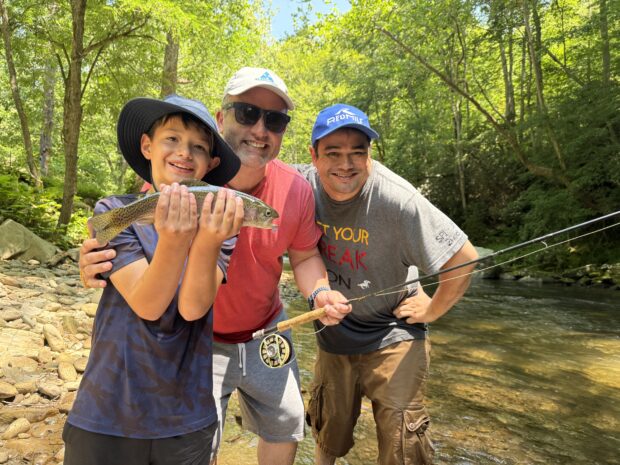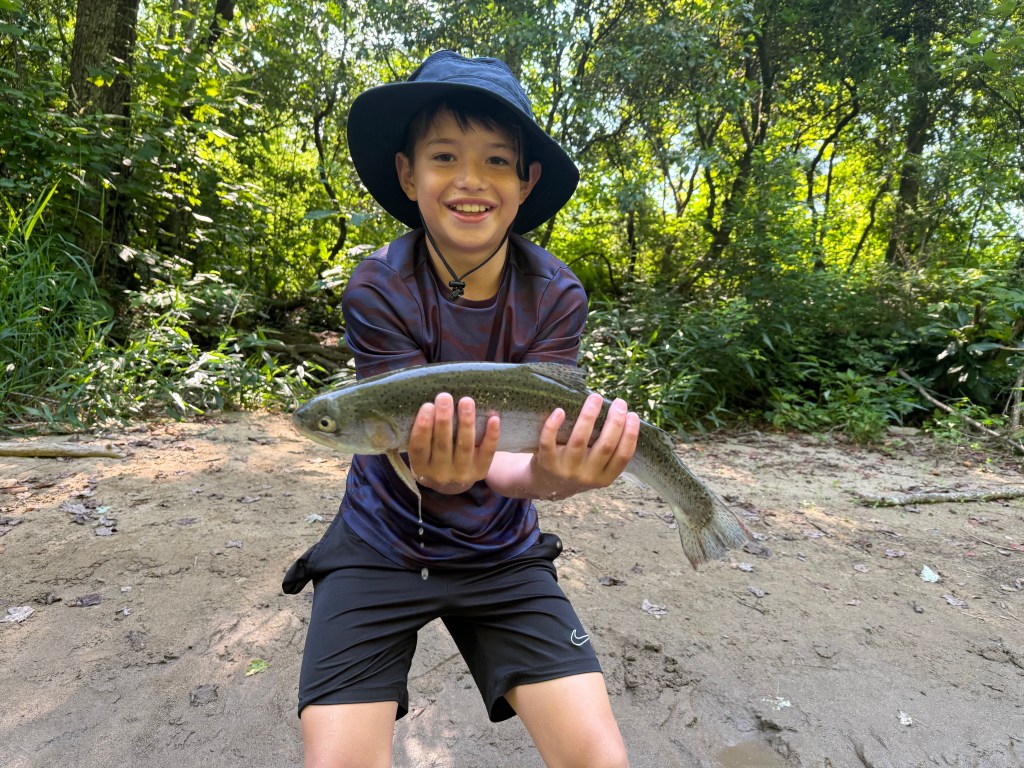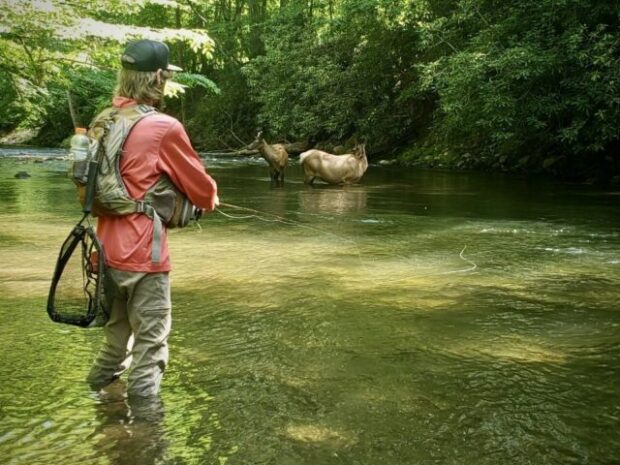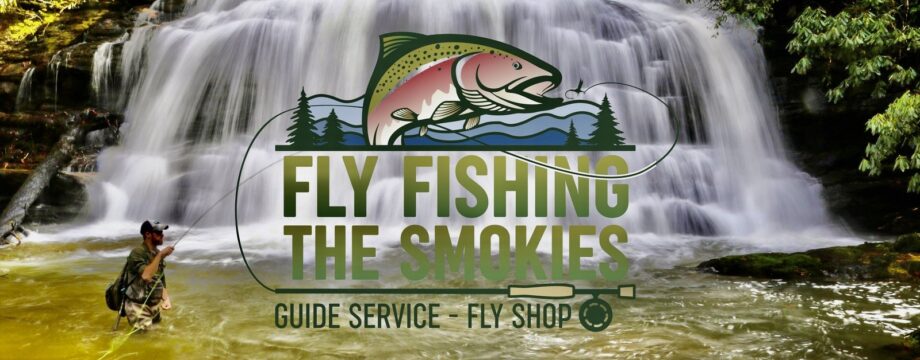
Early September brings a beautiful transition to the waters of Cherokee, North Carolina. The cool mornings and shady mountain valleys keep the trout active, while the clear, cold streams provide anglers with excellent opportunities to catch fish throughout the day. Cherokee has become one of the Southeast’s premier trout fishing destinations, thanks to the Eastern Band of Cherokee Indians’ dedication to maintaining and enhancing their world-class fishery.

Cherokee’s Trophy Fly Fishing Only Section
One of the crown jewels of trout fishing in the Smokies is the 2.2-mile Fly Fishing Only Trophy Section in Cherokee. This stretch of water is carefully managed and catch-and-release only, reserved for fly anglers seeking a true trophy experience. The streams here are filled with big, healthy trout—rainbows, browns, and even some brook trout—that grow to impressive sizes thanks to both the clean water and the Tribe’s advanced stocking program.
Anglers should bring strong tippets and be ready for long battles, as fish in the Trophy Section are known for both their size and their fighting power. The combination of deep pools, riffles, and runs makes this water both scenic and technically challenging, a destination well worth visiting.

A Fishery Rich in Beauty and Tradition
The waters of Cherokee are not just productive—they’re breathtaking. Anglers casting a fly here are often treated to more than rising trout. The elk herds, reintroduced to the Smoky Mountains in 2001, are frequently seen along the riverbanks in Cherokee. Spotting a bull elk grazing in the morning mist while you work a run is a memory that lasts a lifetime.
The rivers here run cold and clean, creating ideal trout habitat. The Eastern Band of Cherokee Indians has invested heavily in their trout program, with over 400,000 trout stocked annually in tribal waters. Combined with natural reproduction, this makes Cherokee one of the most abundant and reliable trout fisheries in the Southern Appalachians.

What’s Working in early September
Water levels are moderate this time of year, and trout are feeding steadily. Terrestrials are a strong choice, along with attractor dries and small nymphs. The trophy section often requires a stealthy approach and precise presentations.
Recommended Patterns:
- Dry Flies: Yellow Stimulators (#14–16), Elk Hair Caddis (#14–18), Foam Beetles & Ants (#12–16), Parachute Adams (#16–20).
- Nymphs: Pheasant Tail (#16–20), Prince Nymph (#14–16), Zebra Midge (#20–22), Copper John (#16–18).
- Streamers (for trophy fish): Woolly Bugger (black/olive, #6–10), Sculpin patterns, Zonkers.

Guide’s Tip
When fishing Cherokee in early September, focus on early mornings and late evenings for the best surface action. During midday, nymphing deeper pools and runs is your best bet, particularly in the Trophy Section. Carry a good selection of terrestrials, as Cherokee trout love ants and beetles this time of year.
Take your time, move carefully, and enjoy the entire experience—between the sight of elk grazing nearby, the sound of cold mountain water tumbling over rocks, and the chance of connecting with a true trophy trout, Cherokee is as close to fly fishing paradise as it gets in the Southeast.
